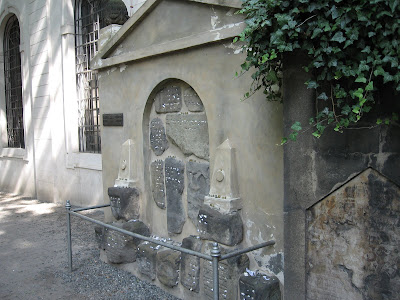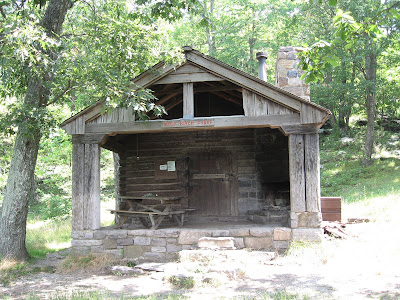Slow Train to KrakowOk, in accordance with my plan, there was a train from Kiev to Krakow on Monday evening. With the help of Lyuda, we were ready to purchase our tickets…unfortunately, they won’t take a credit card for the $200+ ticket price. No problem, after a visit to the ATM, we got the cash and the tickets.
The train leaves Kiev at 8:40pm, but when does it arrive in Krakow? Since we have so far encountered no one in Kiev who speaks English, and after experiencing the difficulty of recognizing our stop on the subway, I’m a little worried about whether I’ll know when to get off the train. Before we left Houston, someone had indicated that they thought the train left Kiev in the evening and arrived in Krakow the next afternoon. No indication on the ticket. So, let’s arrive at the train station a couple of hours early and try to find out what the itinerary is, right? Our guide book indicated that one particular ticket counter was designated for foreigners and dealt in English. After standing in line at that counter for half an hour, we realized that not only did they not speak English, but they were not interested in trying to help. Information counter? Same result. Train schedule booklets? None available. The board showed several versions of our train, with arrivals in various places, none of which were recognizable as Krakow.
Fortunately, our strategy of standing with a bewildered look on our face worked again. Two different people asked if they could help. After 20 minutes of sign language and drawing schematics, they understood our question. Once that was clear, no problem. They went to the information desk and came back with the answer…3:45 pm the next afternoon. Turns out I shouldn’t have worried. After a few hours on the train, I discovered there was a schedule posted on the train. With some study I figured out how to read it, and it agreed with our good Samaritan’s information. Besides, the conductor did speak some English and he politely advised us ahead of our stop, as well as immigration, etc.
Ok, 19 hours on the train. Doesn’t seem like it is that far. Our compartment is comfortable, and we have plenty of time for a good night’s sleep, secure in the knowledge we’ll know when to get off.
I still wasn’t sure how it could take 19 hours for the 500 mile trip. The train was slow, had several stops and lots of extended slowdowns. But, still, 19 hours seemed like a long time. The answer came at the border. First, we spend an hour clearing immigration and customs. After that was completed, they moved the train to a siding and proceeded to change the wheels on the train! Seems the rail gage changes at the border. Here are some pictures of the wheels on the siding and of the process. Essentially, they jack up the entire train at once with the jacks shown and roll out the old wheels and roll in the new ones.


Looks like 2.5 hours on the schedule. The process was efficient and it seemed we were ready to go in about 1.5 hours. Unfortunately, when our departure time came, there was no movement. Ah, that star on the schedule must mean we are crossing into a new time zone. Make that 20 hours for the trip, including 4.5 hours on the border with Poland.
Despite all that, we had a pleasant trip. We got to see lots of Ukraine and Polish countryside. Our private compartment was comfortable. And, we slept soundly in our berths, catching up on our sleep. Even the wheel changing was interesting.
As a result of the long train ride, our stay in Krakow was pretty short, but nice. We reveled in the ease of communicating and navigating. Most of the people we dealt with spoke very good english. Street signs actually looked like those on the map. The old town was small enough that it was a short walk to just about everywhere. Here is a picture of the gate to the old city and a view of the castle.


I had forgotten that Krakow was the home of John Paul II. So, the information about him was a bonus. Here are pictures of his home church, and the place where he lived before becoming Pope.



While he was in town as Pope, he stayed in this building next to the church. After a full day of official business, it is said he would stand in this window for hours discussing every kind of topic with the folks who gathered below. He is quite beloved here.

And we got in our trip to Auschwitz-Birkenau. Not pleasant, but very interesting and worthwhile. You’ll recognize the pictures from Schindler’s List or documentaries.


Here's one I didn't know, though. Inside Auschwitz, they actually had a jail, where prisoner's were taken for even worse than normal treatment. They had a suffocating cell, where there were more prisoners than air, so some would suffocate overnight. They also had standing cells, where 4 people were put into a cell approximately 3 ft by 3 ft. They had to stand all night, then go back to work the next day. The jail also had a courtroom, where prisoners were tried and sentenced to death in 15 minutes or less. This is for those who survived the initial selection process, in which 80% were sent directly from the train to the gas chamber, just based on a glance by the doctor. Anyway, here is a picture of the jail and the firing wall just outside where the executions took place.

Everyone should visit here, just to remind themselves of what people are capable of doing.













 My camp was also near Whiteface Mountain ski resort, located, interestly, in Wilmington, NY.
My camp was also near Whiteface Mountain ski resort, located, interestly, in Wilmington, NY.




 Here is the gate to the old city at one end of the Charles Bridge.
Here is the gate to the old city at one end of the Charles Bridge.





























